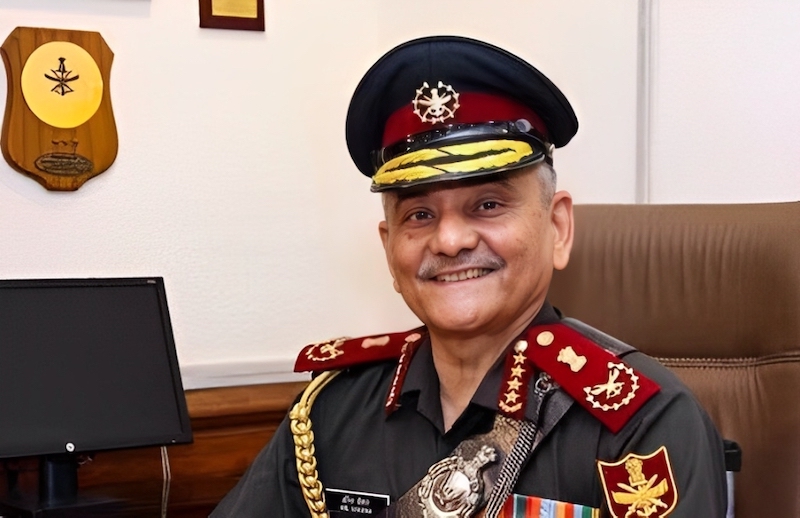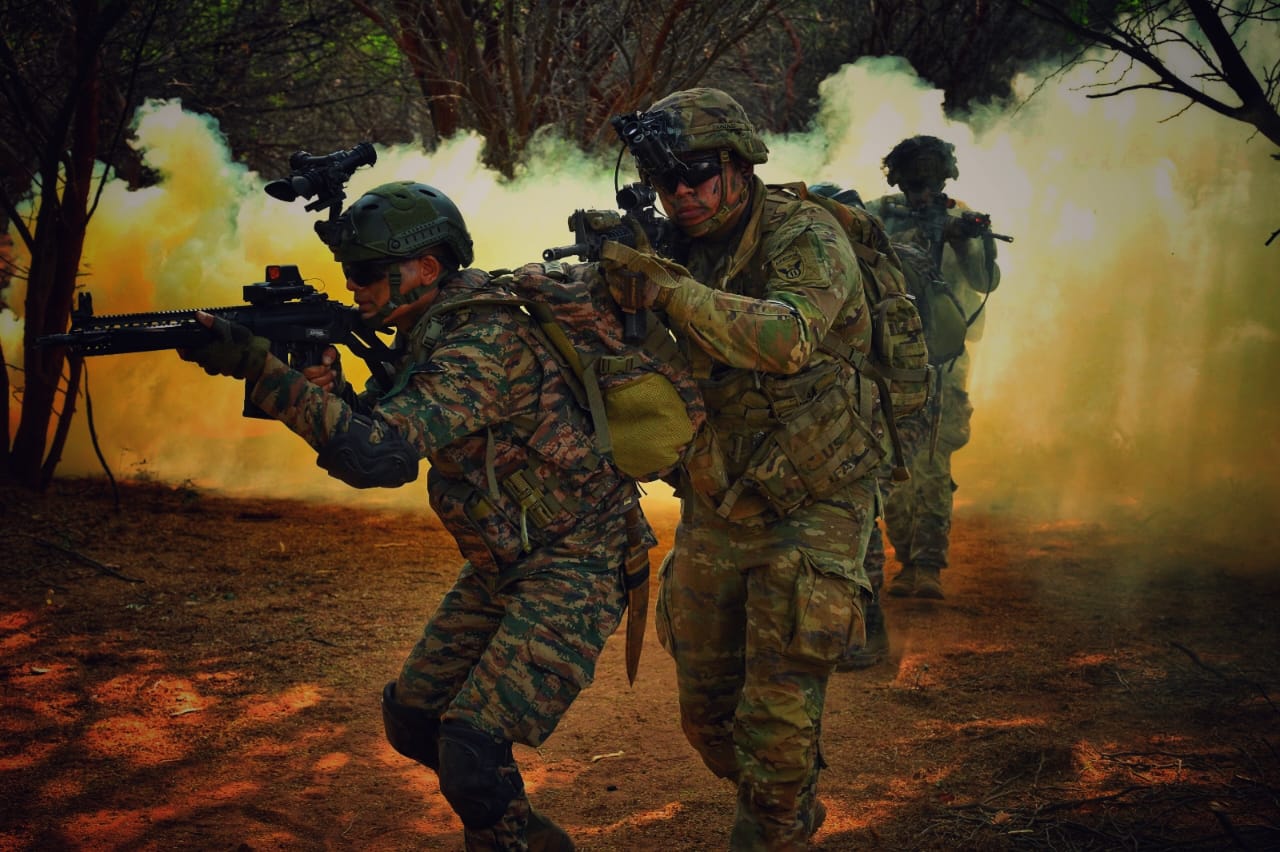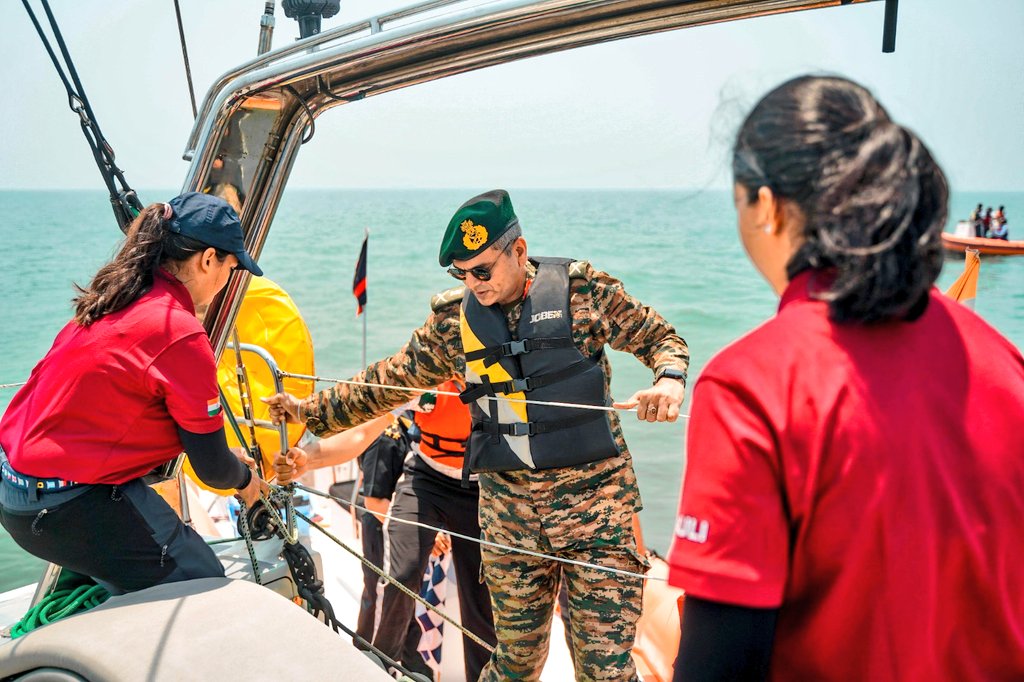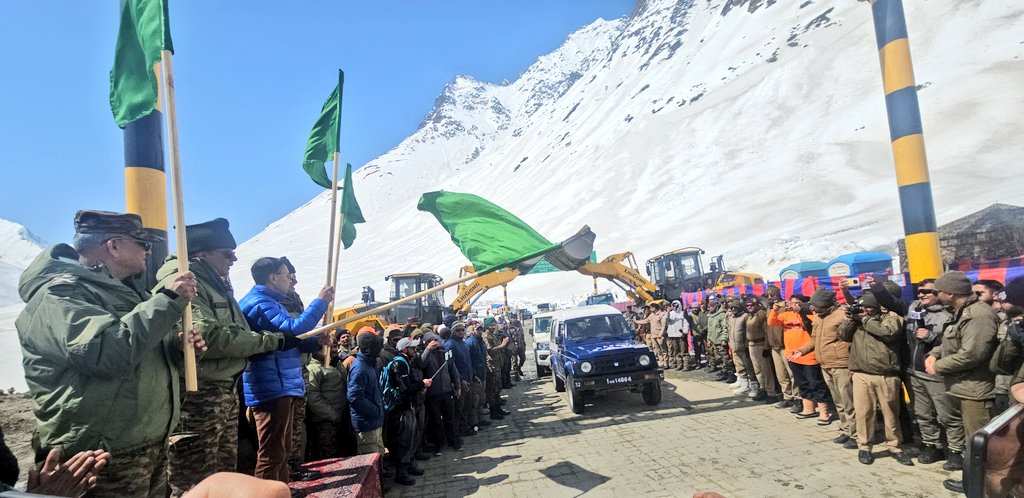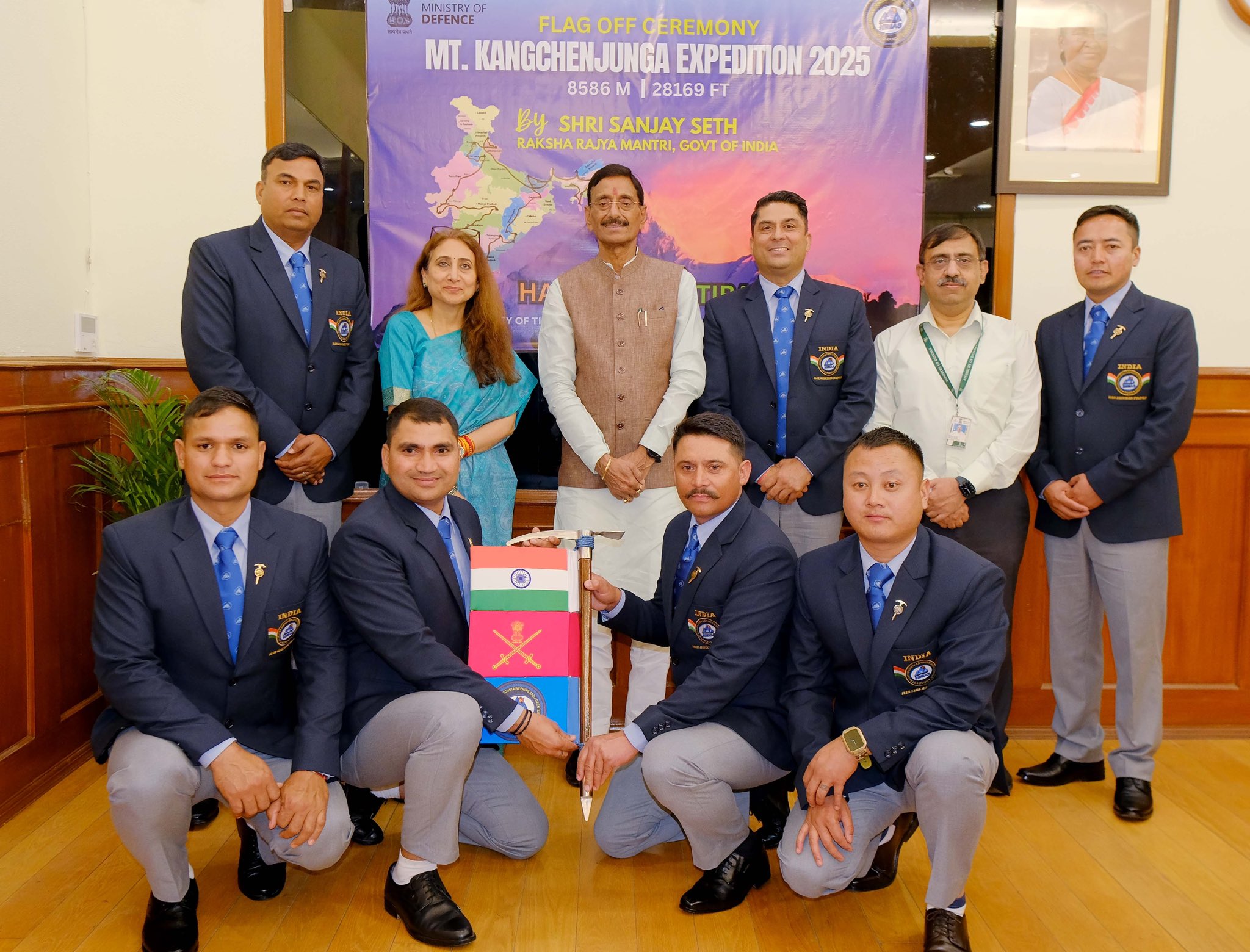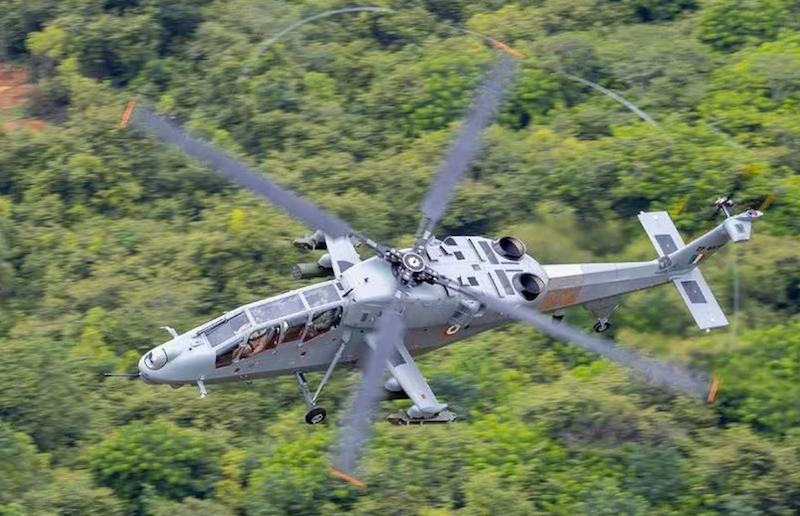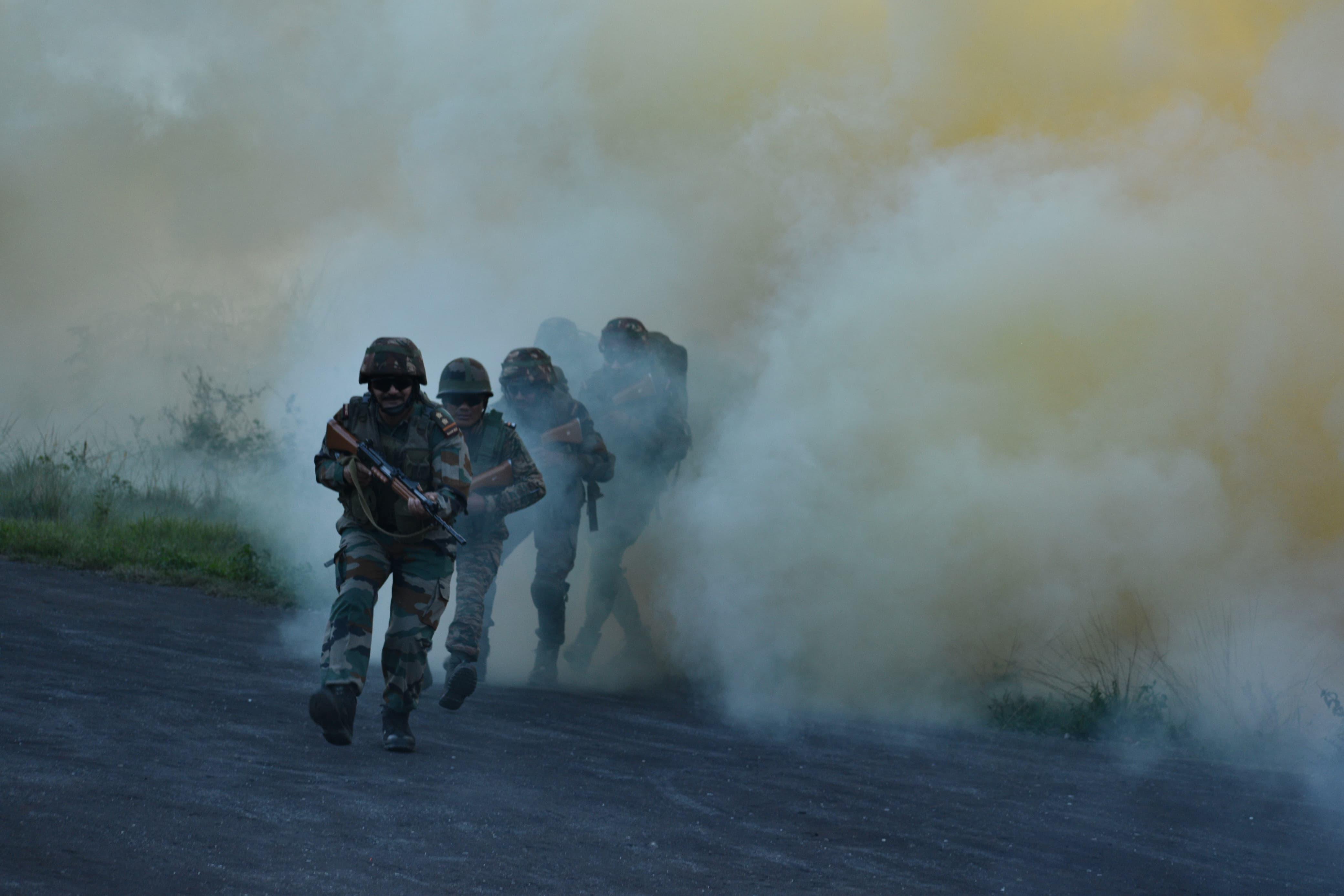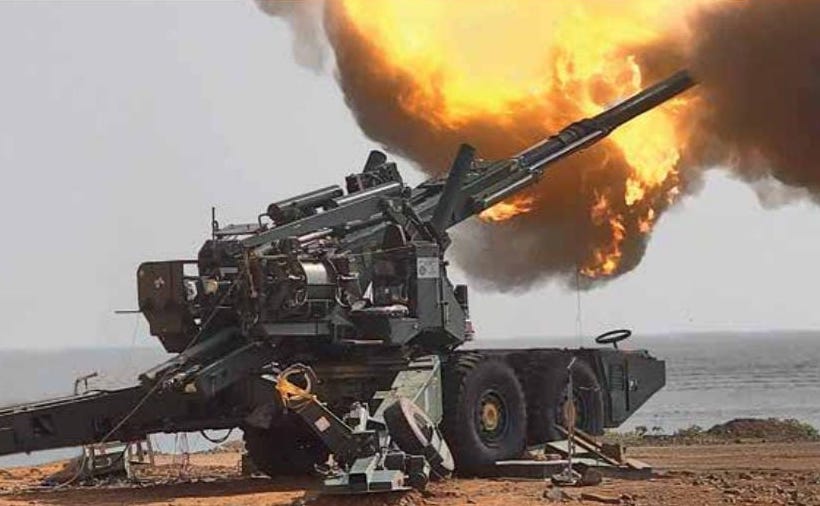 Indian tanks in Ladakh. (Representational photo)
Indian tanks in Ladakh. (Representational photo)
New Delhi: The Defence Acquisition Council, headed by the defence minister, Rajnath Singh, has given its approval for acceptance of necessity (AoN) to acquire 24 different types of weapons, weapon systems, and platforms for the three services and the Indian Coast Guard, on Thursday. Out of them, 21 are worth ₹82,127 crore. These 21 have been approved for procurement from indigenous sources.
This includes the light tank, “Zorawar”, for the Indian Army, which was conceptualized following the heightened tension along the line of actual control with China.
The Army felt the need to induct light tanks, which are better suited for the terrain and altitude along the LAC, following the unprecedented military build-up between the two countries since May 2020, especially in the northern sector, when China’s People Liberation Army troops crossed over into the Indian side of the LAC and took control over a large chunk of Indian territory in eastern Ladakh.
Zorawar, which means “brave and strong” in Punjabi, will be designed to operate in various types of terrain, including high-altitude areas, marginal terrain, and islands. Being lightweight at 25 tonnes, the Zorowar can be quickly transported by air, land, and railway for rapid deployment to meet any urgent operational requirement. The tank will be driven by cutting-edge technologies, including artificial intelligence, and will have drone integration, active protection system, and a high degree of situational awareness. It will also have missile and other weapon systems apart from the main gun.
It may be recalled that in 2020, PLA troops made advances towards north of eastern Ladakh’s Pangong-tso (Pangong lake) and blocked Indian troops, who used to patrol the area unhindered before that. As a countermove, the Army, in a stealth operation, occupied some heights on the Kailash Range at south Pangong-tso and moved its T-72 and T-90 tanks there and positioned them. This surprised the Chinese as they were not expecting Indian tanks in the area.
India then used this as a bargaining chip and forced the Chinese troops to withdraw from the area in return for Indian troops vacating the heights.
Since the T-72 and T-90 tanks the Army has in Ladakh are mainly meant for deployment in plains and deserts, and have limitations in high-altitude areas, the need of a lighter, more manoeuvrable, and technologically advanced tank became apparent. Already, India’s two main adversaries – China and Pakistan – have inducted a large number of technologically advanced state-of-the-art medium and light tanks with high power-to-weight ratios. Thus, the Zorawar was conceptualized.
The first prototype of the Zorawar light tank is expected to roll out in 2030.
Among the other acquisition proposals of the Army the DAC approved, on Thursday, are futuristic infantry combat vehicles, mounted gun systems, and ballistic helmets with enhanced protection level for soldiers.
For the Indian Navy, new anti-ship missiles, multipurpose vessels, and high-endurance autonomous vehicles have been given the nod.
The Indian Air Force’s proposal for a new range of missile systems, long-range guided bombs, range-augmentation kits for conventional bombs and advanced surveillance systems have been approved.
The Coast Guard will get next-generation offshore patrol vessels to enhance its surveillance capability in the coastal areas.

